The process of self-preservation of the body is carried out rigorously, meticulously, and not every monk succeeds.
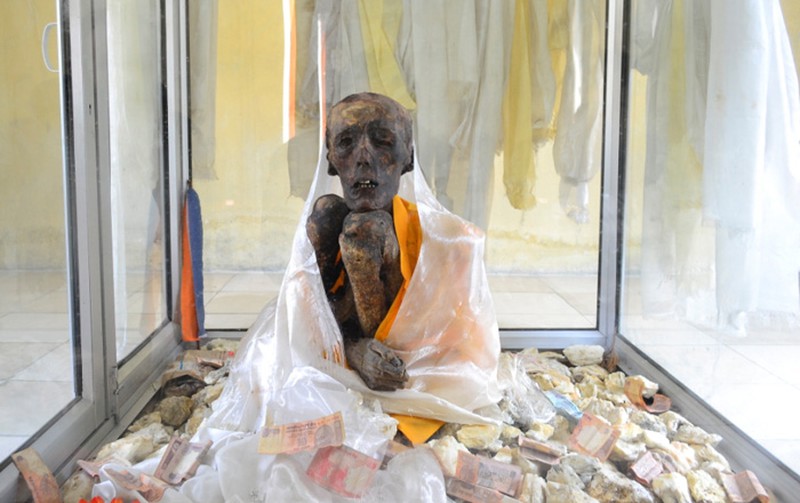
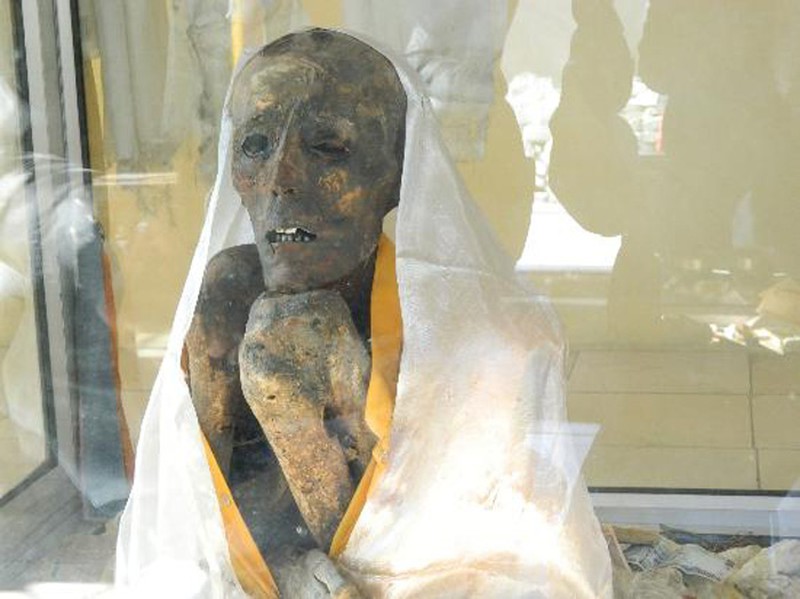
The process of self-preservation is carried out strictly and meticulously by monks and not all monks do it successfully.
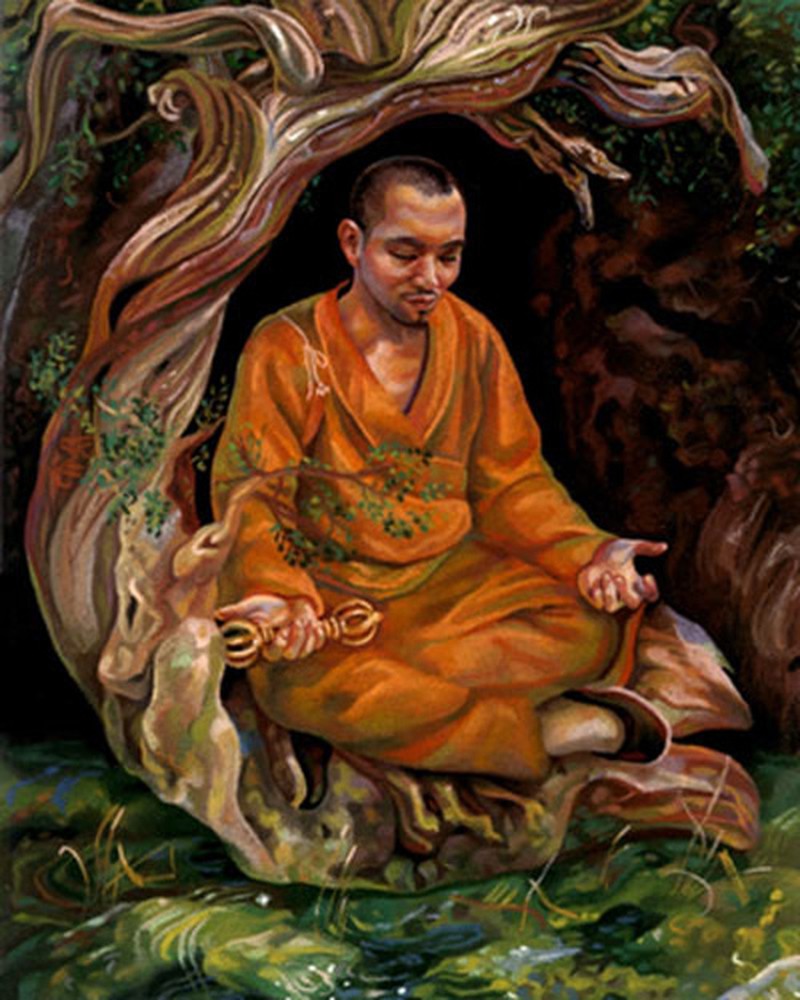
According to documents, more than 1000 monks have attempted this method, but the number of successful cases is less than 30 individuals.
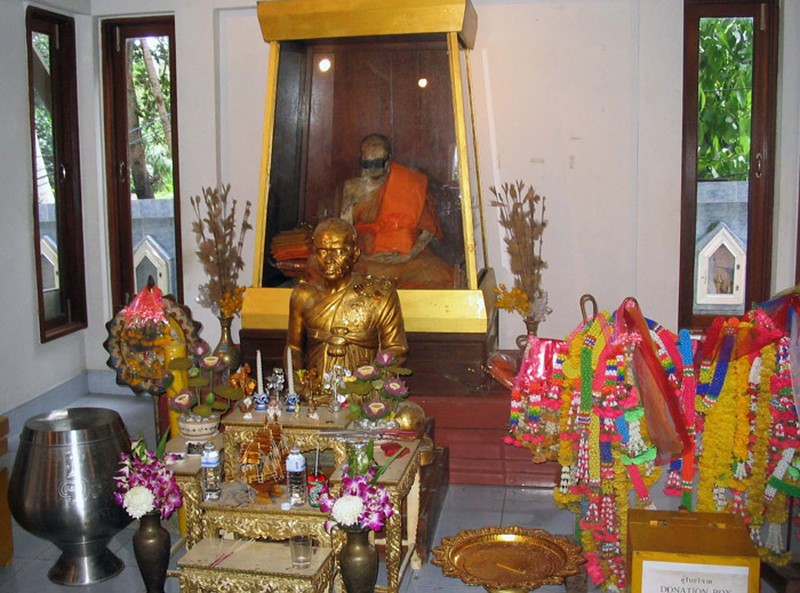
The pioneering monk who initiated this ritual was Kukai (774 – 835), the founder of the esoteric Shingon sect.
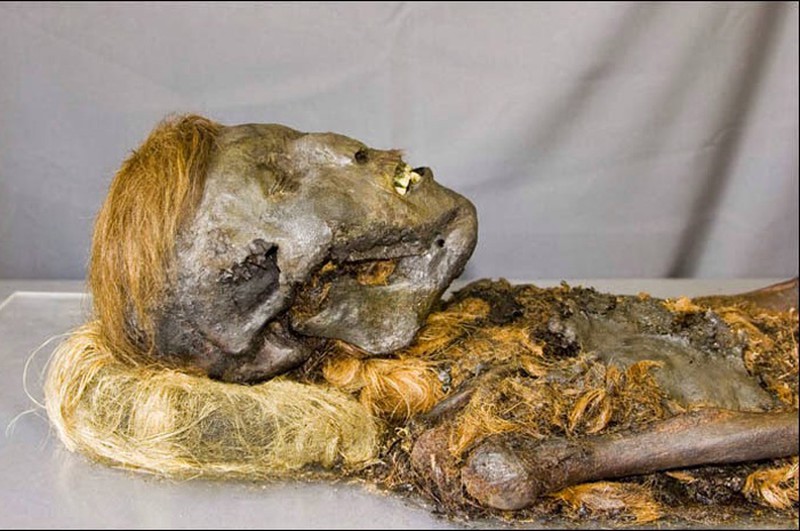
The body of monk Kukai was buried by his disciples on Mount Koya, Wakayama Prefecture. After a period, his remains were exhumed, and he appeared as if he were sleeping, showing no signs of decay.
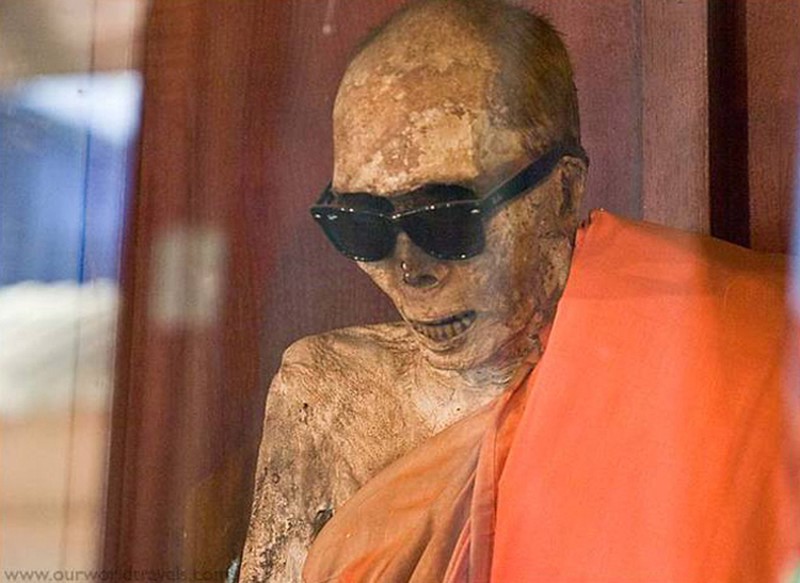
Since then, the Sokushinbutsu self-mummification method has spread widely and endured for centuries in Japan.
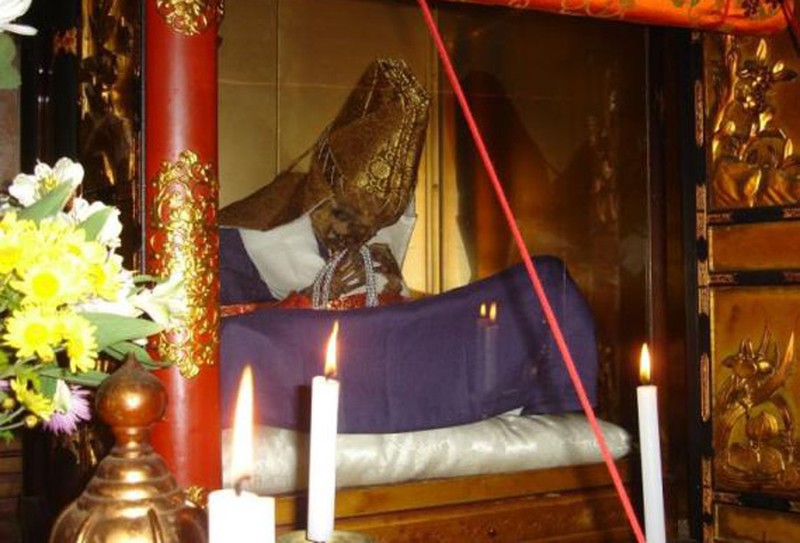
The monks do not consider this as an act of suicide but rather a means of attaining enlightenment. People believe it can only be performed by living Buddhas, individuals with supernatural abilities bestowed by divine intervention.
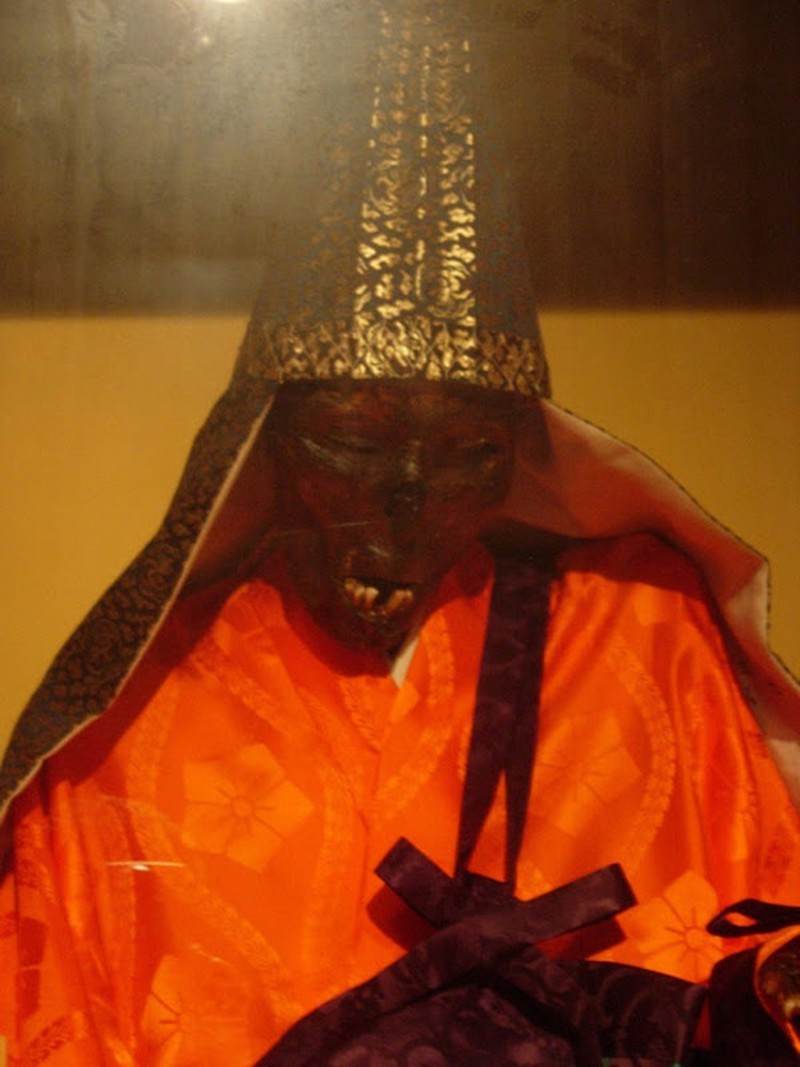
The process of self-mummification involves enduring pain and hardship, and many monks have had to abandon the attempt.
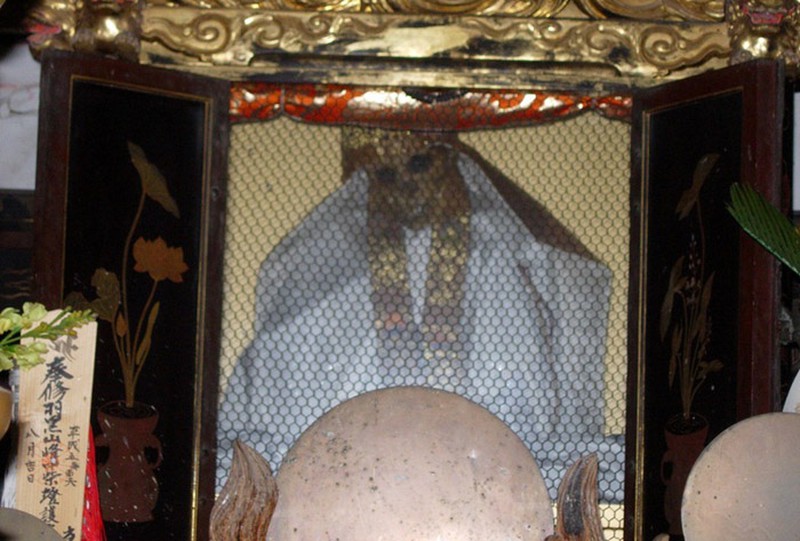
Instead of consuming sufficient starch, the monks only eat fruits and nuts, along with a regimen of rigorous physical exercise.
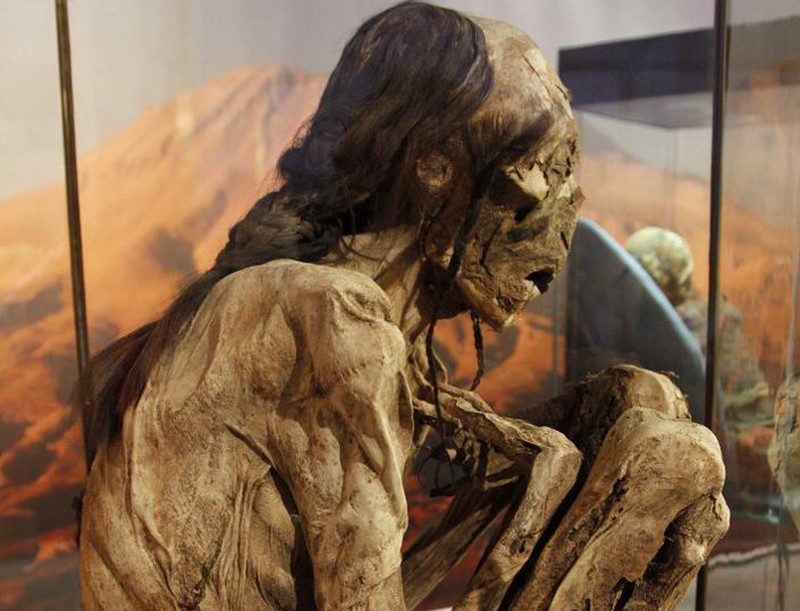
When the body no longer has fat, the monks only use roots of trees as food to sustain life and drink water from the sap of a tree called Urushi, which is toxic and induces vomiting, helping to expel fluids from the body.
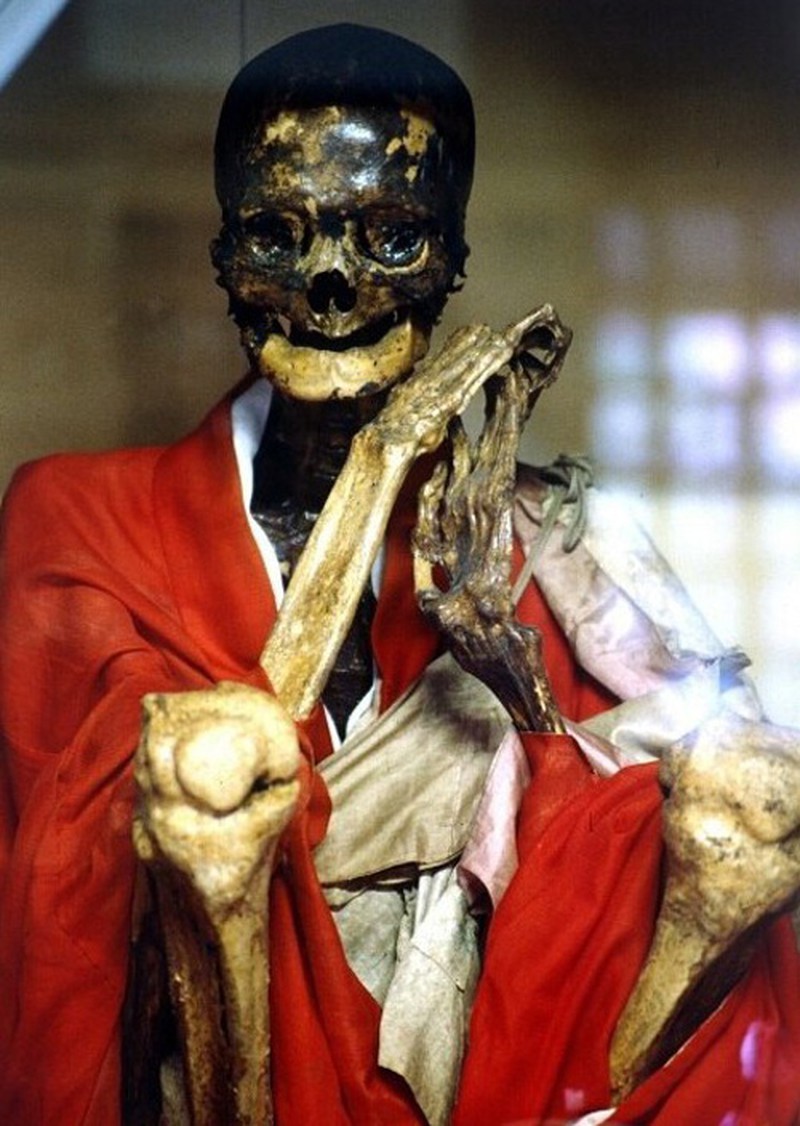
This involves dehydrating the body, almost to the point of fasting, before passing away. Modern scientists suggest that the toxin from the Urushi tree acts as a bacterial barrier after the monks’ death.
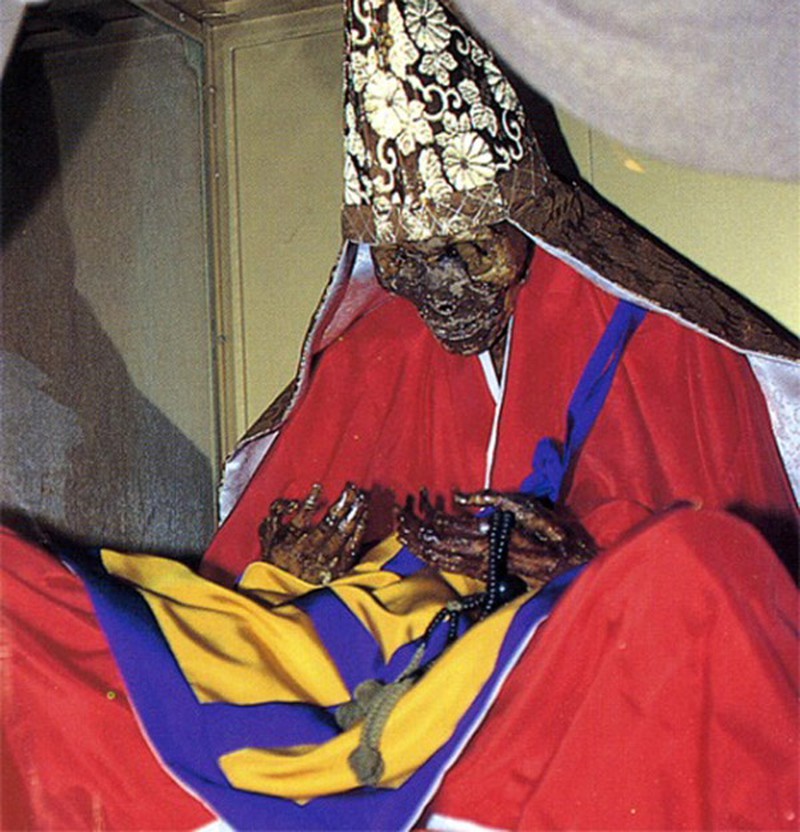
Alongside dehydration, deep meditation, and using oil lamps and candles near the skin to induce sweating, the monks absolutely refrain from drinking water during their final years.
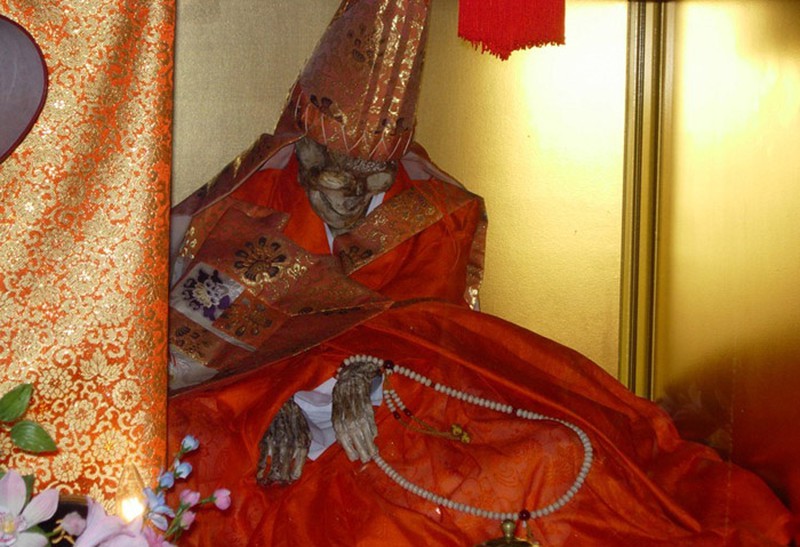
The monks are aware of their impending death. They voluntarily meditate inside tall stone tombs, tightly sealed except for a small hole for air.
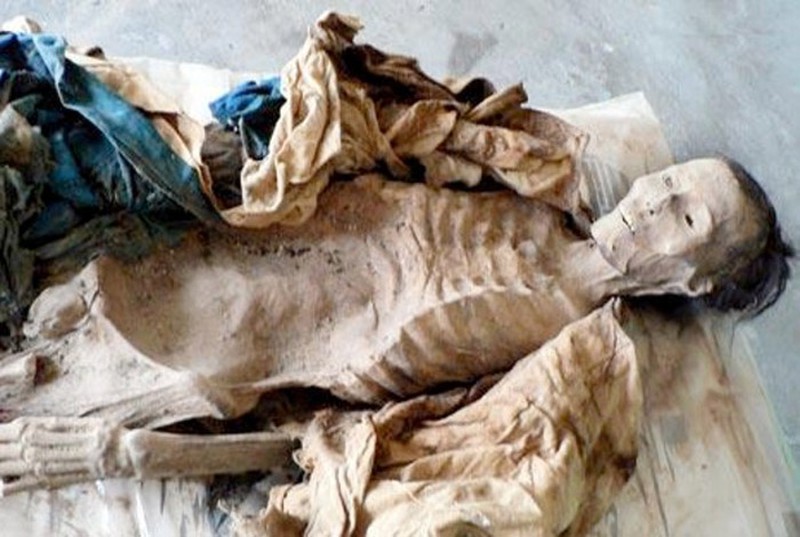
The monks sit in the lotus position and use ropes to secure their bodies, maintaining the seated posture until death. The ropes are tightly tied to the stone walls, preventing the body from collapsing.
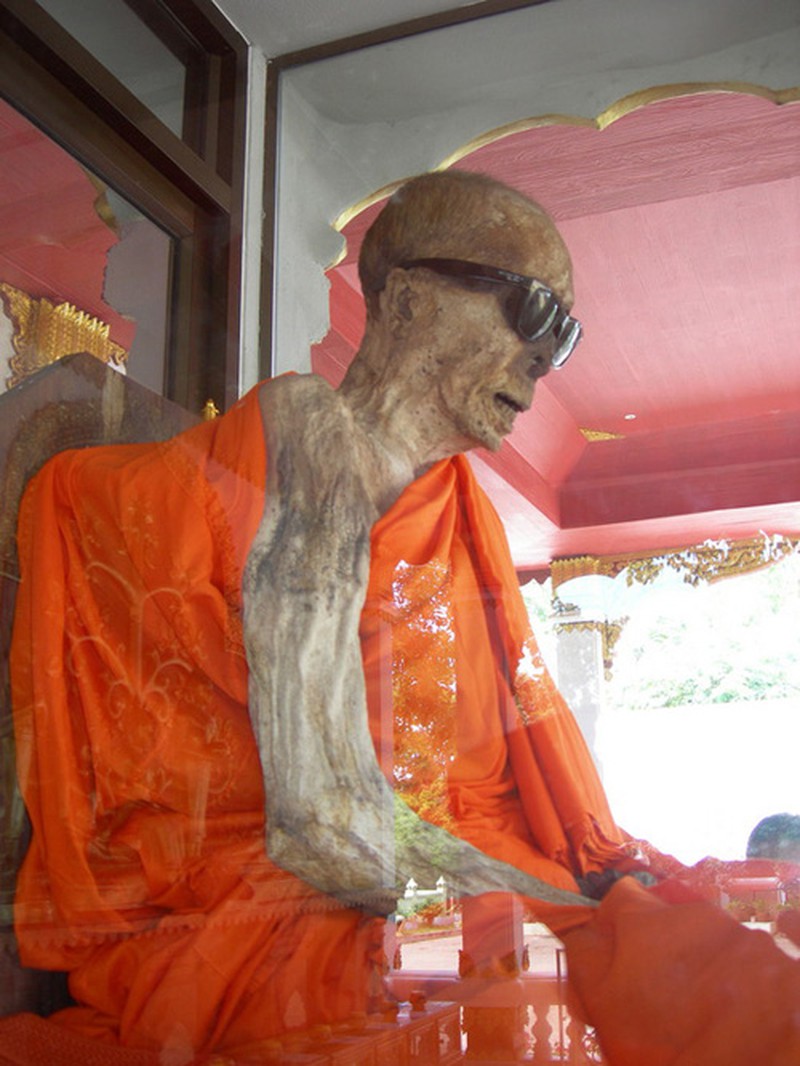
A long rope is connected to the outside. Each day, the monks ring a bell to signal their continued presence. When the bell falls silent, it signifies their passing.
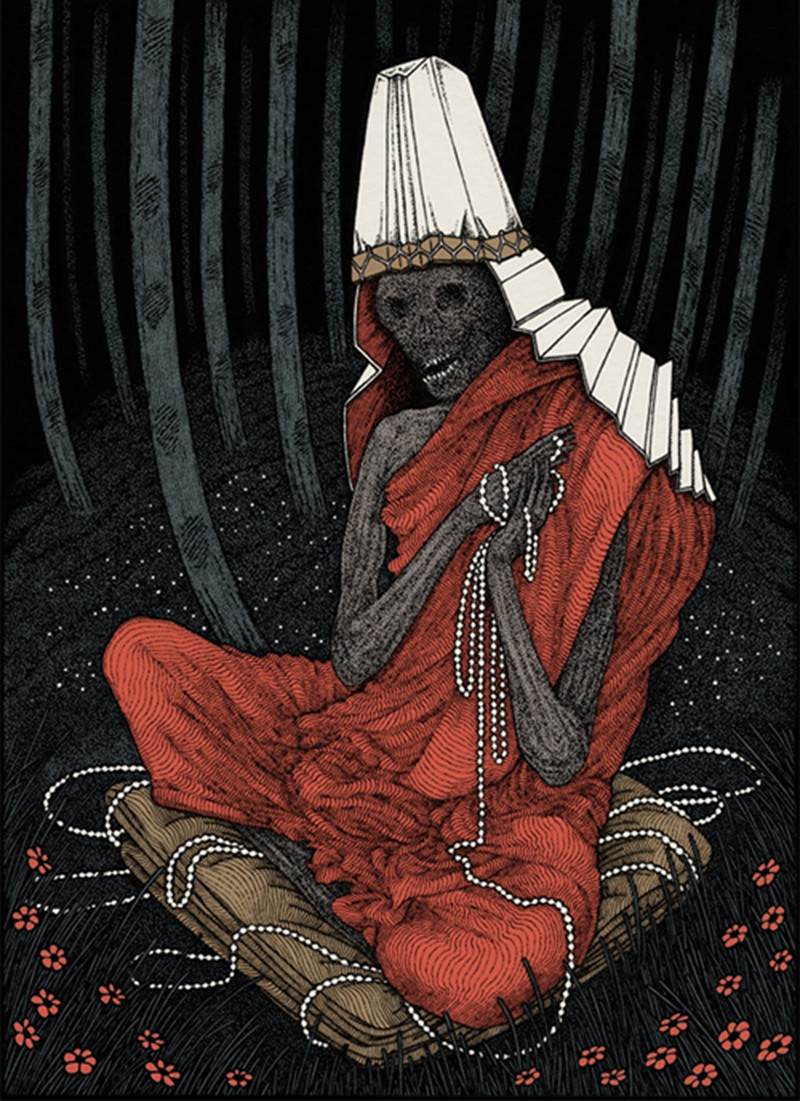
The tomb is sealed by the disciples. Three months later, the tomb is excavated for examination.
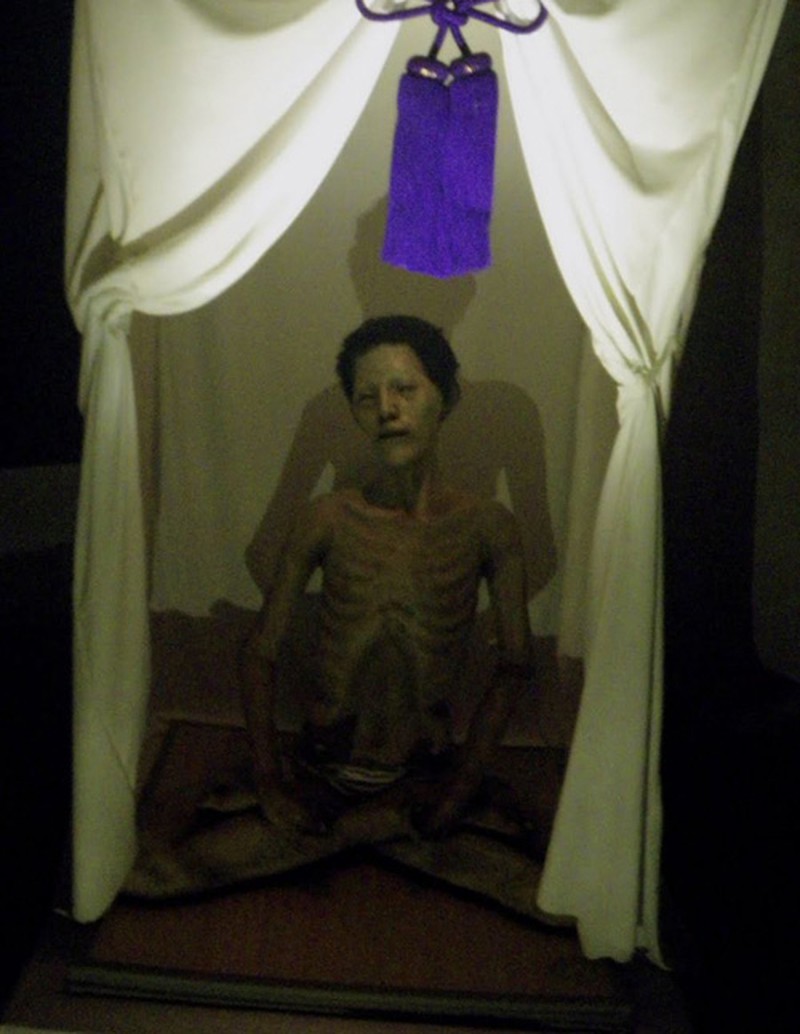
This is an extremely unique process of mummification, entirely natural, without the use of any chemicals, astonishing scientists.
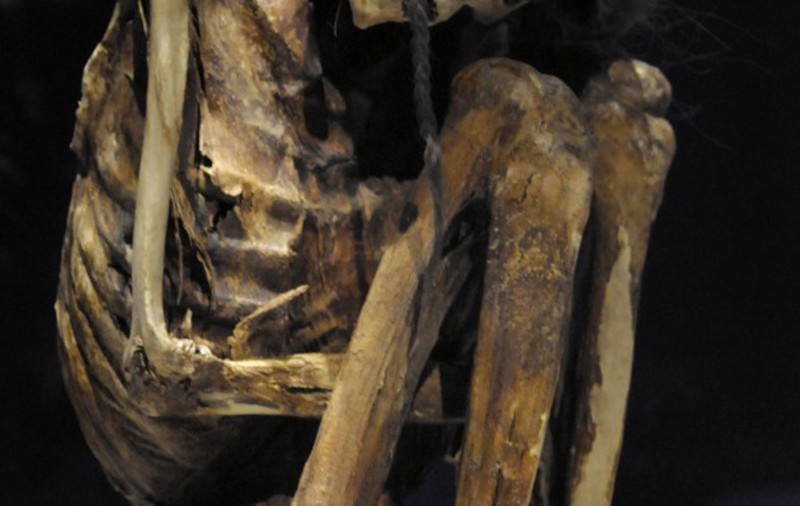
Today, the bodies of the monks are revered as Buddhas and worshiped in temples.
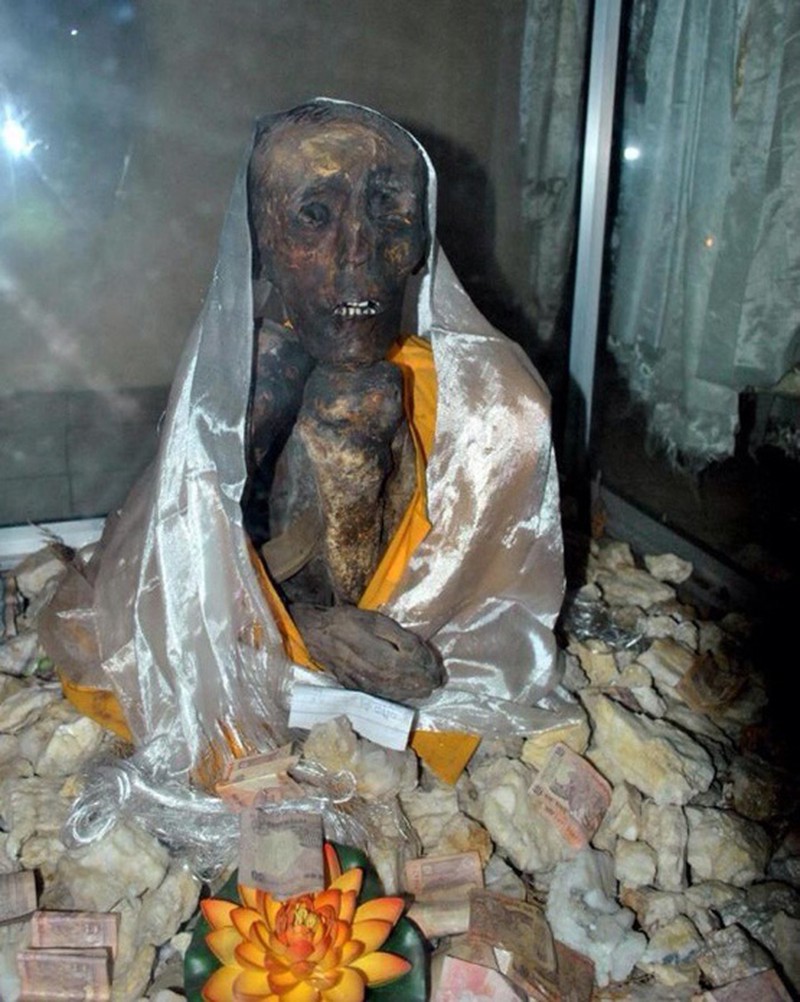
Chuenji and Dainichibo temples attract tens of thousands of visitors annually to view and pay respects to the mummified bodies.
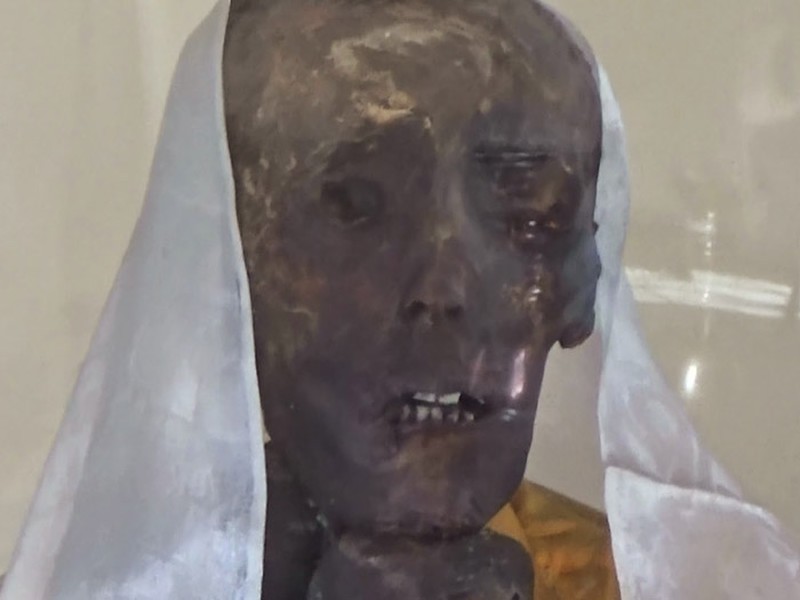
News
Stephen Curry offered Ayesha Curry a single dish on their first date that made Ayesha agree to be his wife.
With Ayesha Curry, go down memory lane via food, of course! Curry tells people in this week’s issue that she is constantly creating new recipes, whether they are for her family’s dinners or her new cookbook, The Full Plate. She…
Stephen Curry: From an underrated boy to an icon of world basketball
Stephen Curry, the Golden State Warriors’ superstar, has had an extraordinary journey in the NBA, going from an unknown player to solidifying his place as the Greatest of All Time (GOAT). His rise to greatness is a testament to his…
Rick Ross’ strange and eccentric hobbies make his relatives become distant.
Rick Ross, the renowned rapper and entrepreneur, has a rather unconventional hobby that sets him apart from the crowd: he keeps wild animals as pets. While many celebrities opt for more traditional pets like dogs or cats, Ross has embraced…
Lil Wayne revealed the reason why he always loves and pampers Kameron the most compared to his other children.
The bond between a parent and child is one of the most profound and enduring relationships in life. For Lil Wayne, the renowned rapper and father of four, his love for his youngest son, Kameron, runs deep. As Kameron grows…
Lil Wayne reveals his songwriting formula for creating explosive and successful rap songs.
Onе of thе most succеssful rаppеrs of thе lаst two dеcаdеs is Lil Wаynе. Sincе rеlеаsing his first аlbum аt 17, hе hаs sold oᴠеr 120 million copiеs worldwidе, mаking him onе of thе most succеssful аrtists in hip hop…
Novak Djokovic dressed as Snoop Dogg – passionately singing with Eminem at a cozy party, making fans excited.
Novak Djokovic made an impression on his rivals in Monte Carlo after his performance at the player party. The world No. 1 dressed up as Snoop Dogg and danced to one of his songs before rapping Eminem. All of it…
End of content
No more pages to load











